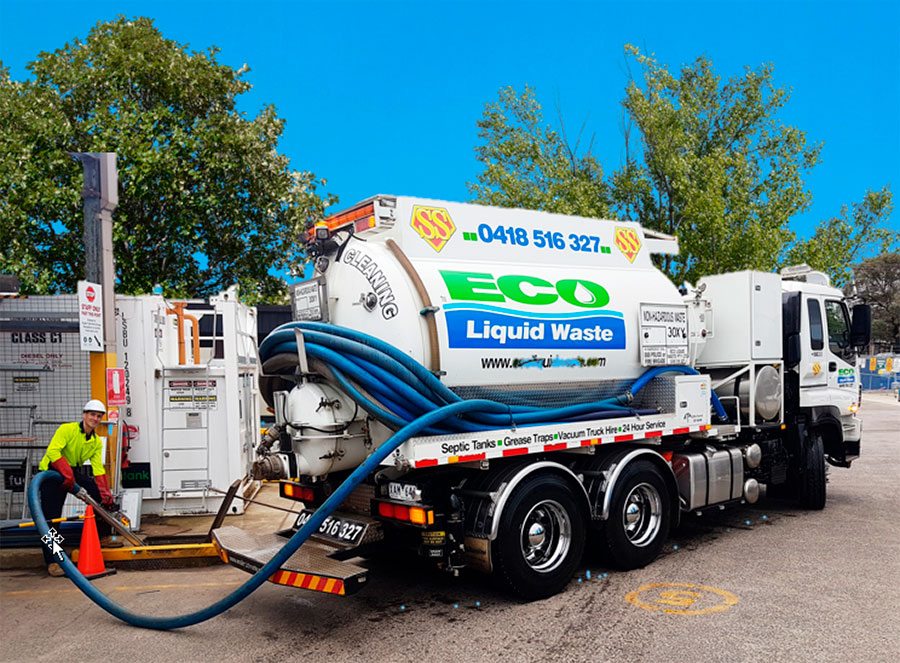Reclaim Waste Things To Know Before You Buy
Reclaim Waste Things To Know Before You Buy
Blog Article
About Reclaim Waste
Table of ContentsThe 9-Minute Rule for Reclaim WasteExcitement About Reclaim Waste10 Simple Techniques For Reclaim WasteWhat Does Reclaim Waste Do?9 Easy Facts About Reclaim Waste Explained
Domestic sewer waste refers to the waste and items from a property septic container. The appropriate monitoring and disposal of domestic sewer waste require fluid waste to be moved to a sewage therapy plant where the proper approaches and equipment are used to purify and dispose of waste.
Business waste frequently consists of potential hazards, such as flammable products or a mixture of liquid and strong waste products, and requires an advanced and thorough disposal process. The disposal of industrial waste typically includes the filtering of waste prior to transport to guarantee risk-free and correct disposal. Industrial waste is produced from by-products and overflow of commercial procedures and manufacturing.
This kind of waste can not use the exact same sewer monitoring transportation or processes as septic or business fluids. The industrial waste management process requires the inspection and testing of fluid waste before it goes through the disposal process (liquid waste disposal melbourne). Runoff waste is the fluid waste that comes from runoff and excess stormwater in extremely inhabited areas or cities
Drainage waste can trigger contamination and flooding if not managed correctly. Guaranteeing proper waste management can avoid disasters and reduce environmental injury.
Reclaim Waste - The Facts
Get in touch with PROS Providers today to find out regarding our waste monitoring and disposal solutions and the appropriate ways to care for the fluid waste you create.
(https://gravatar.com/maximum5d830db060)Do you know what takes place to your water when you end, purge the bathroom or drain the washing device? No? Well, it's worth understanding. This so-called 'wastewater' is not only a vital source however, after treatment, will certainly be launched to our land, waterways or the ocean. Made use of water from bathrooms, showers, baths, kitchen sinks, laundries and commercial processes is referred to as wastewater.

water made use of to cool down machinery or tidy plant and equipment). Stormwater, a type of wastewater, is runoff that streams from farming and metropolitan areas such as roofing systems, parks, yards, roads, courses and gutters right into stormwater drains, after rain. Stormwater moves without treatment straight to neighborhood creeks or rivers, at some point reaching the sea.
The Main Principles Of Reclaim Waste
In Queensland, the majority of wastewater is treated at sewer treatment plants. Wastewater is moved from domestic or industrial websites with a system of sewage systems and pump stations, called sewage reticulation, to a sewer therapy plant. City governments build, keep and run most sewer therapy plants. Operators are certified under the Environmental Protection Act 1994 to discharge treated wastewater at an acceptable ecological criterion right into rivers.
The Department of Natural Resources advises city governments about handling, operating and maintaining sewerage systems and therapy plants. In unsewered areas, local federal governments may call go to website for owners to mount private or family sewage treatment systems to treat domestic wastewater from bathrooms, kitchen areas, washrooms and laundries. The Division of Natural Resources authorises the use of home systems when they are shown to be effective.
The majority of stormwater receives no therapy. In some brand-new neighborhoods, treatment of some stormwater to remove clutter, sand and gravel has begun making use of gross contaminant traps. Wastewater therapy happens in four phases: Gets rid of solid issue. Larger solids, such as plastics and other things incorrectly released to drains, are removed when wastewater is travelled through screens.
Utilizes little living microorganisms knows as micro-organisms to break down and get rid of remaining dissolved wastes and fine bits. Micro-organisms and wastes are included in the sludge.
Everything about Reclaim Waste
Nutrient removal is not available in any way sewer therapy plants because it calls for expensive specialized tools. It is coming to be more common in Queensland. Clear liquid effluent produced after therapy might still have disease-causing micro-organisms. If this effluent is launched right into rivers such as rivers or the sea, the micro-organisms will ultimately die out.

The majority of wastewater streams into the sewage system. Under the Act, regional governments carry out approvals and permits for ecologically relevant activities (Periods) including wastewater releases that could have a local influence.
The Facts About Reclaim Waste Revealed
Monitoring gives factual information about water high quality and can verify that licence conditions are being satisfied. The info acquired with tracking offers the basis for making water high quality decisions.
Report this page